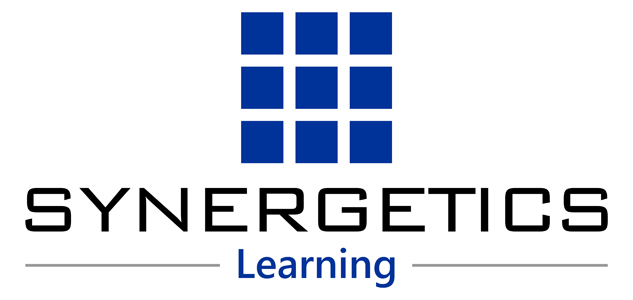Oracle on Monday fattened up its already burgeoning middleware stack, announcing Monday that it has purchased SOA (service oriented architecture) management vendor AmberPoint. Terms were not disclosed.
SOA refers to a systems design approach that eschews monolithic applications and instead designates various processes, such as running a credit check on a customer, as interoperable “services” that allow code to be flexibly reused.
AmberPoint’s software is used to monitor the performance of SOA-driven applications and help users solve problems. It is “highly complementary” to Oracle‘s own SOA software and will “enable increased control and performance of critical applications across the enterprise,” according to an FAQ document Oracle released Monday (PDF).
It is not clear how the deal will affect road maps for AmberPoint’s products. A review is under way and more details will be forthcoming, Oracle said. Investment in the products is expected to increase, according to the FAQ.
“AmberPoint was one of a dwindling group of still-standing independents delivering runtime governance for SOA environments,” analyst Tony Baer said on the OnStrategies Perspective blog.
The move “patches some gaps in its Enterprise Manager offering, not only in SOA runtime governance, but also with business transaction management — and potentially — better visibility to non-Oracle systems,” he added.
The deal is expected to close in the first half of this year.
In 1995 Synergetics envisioned OWS as an engagement format to extend its “Cutting Edge Technology” competency building training programs to individual software professionals to enhance their knowledge and skills as per their career aspirations and project delivery needs.
 Synergetics is a premium brand in the Indian IT industry with an experience base of over 15 years in the area of people competency development; engaged in delivering it thru its training and consulting interventions , primarily focusing on their productivity with regards to the project and deliverables on hand . Its primary differentiator has been its solution centric approach and its comprehensive client focused service portfolio.
Synergetics is a premium brand in the Indian IT industry with an experience base of over 15 years in the area of people competency development; engaged in delivering it thru its training and consulting interventions , primarily focusing on their productivity with regards to the project and deliverables on hand . Its primary differentiator has been its solution centric approach and its comprehensive client focused service portfolio.

